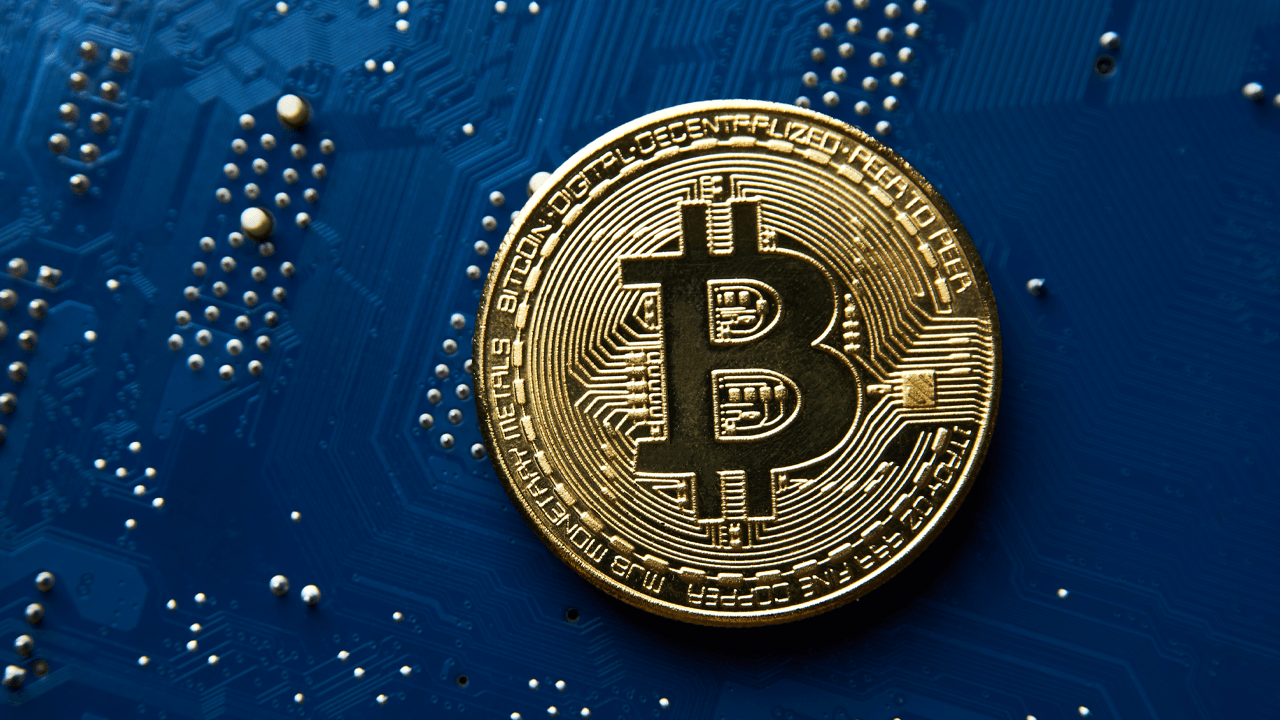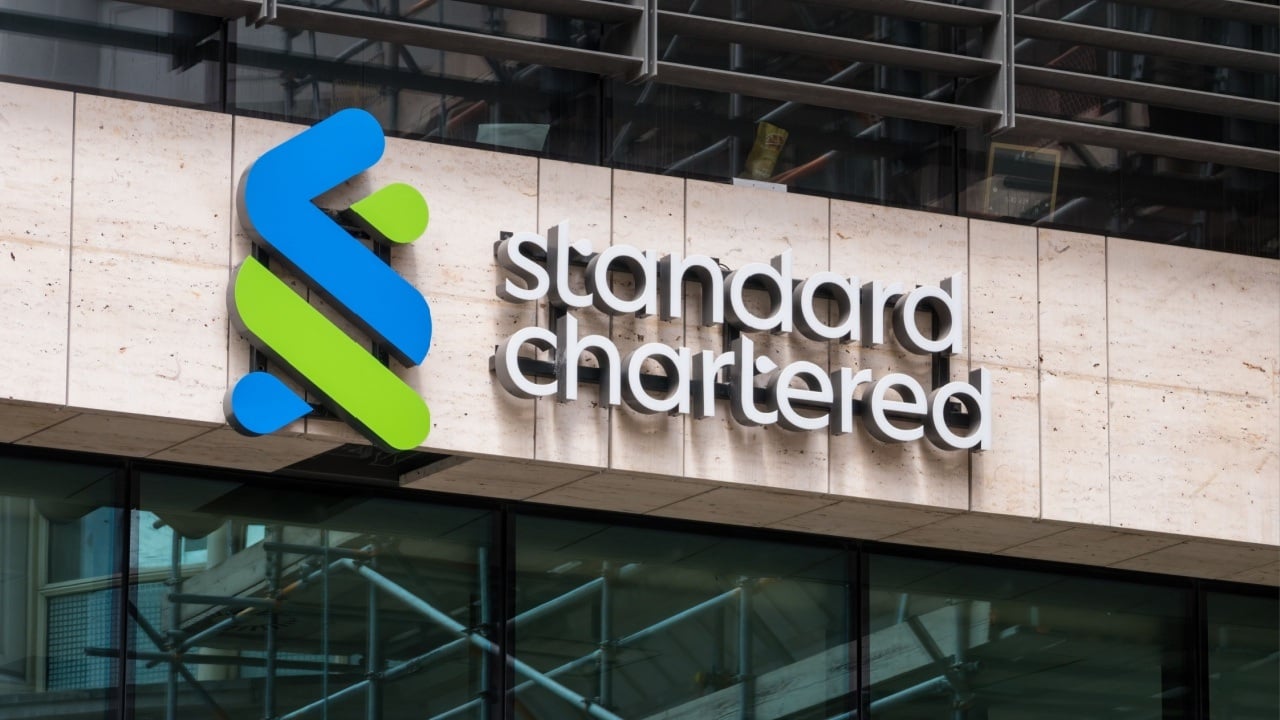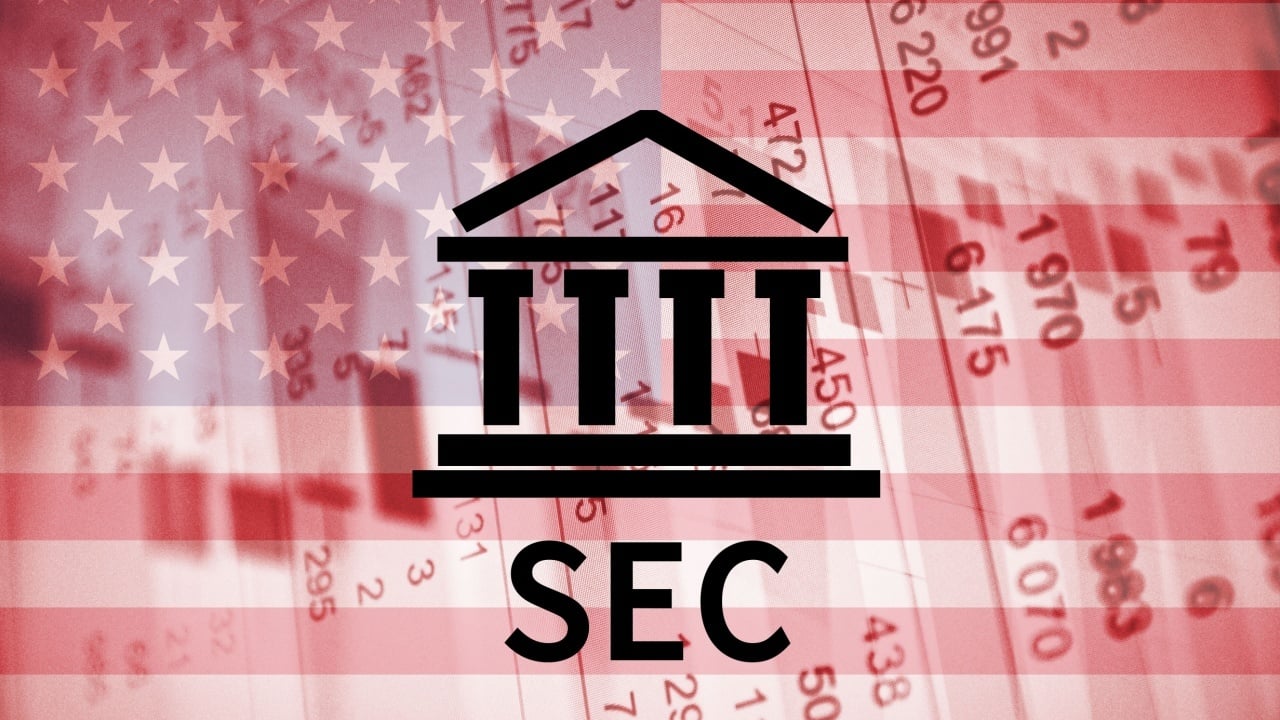How Earn 1 Million At Top 5 Crypto Exchange BingX

Introduction
First of all, I would like to express my gratitude to a few experts at BingX, J and L. Their names cannot be disclosed here, but their help has been invaluable. There are many CEX exchanges, and following the principle that selection is more important than effort, I ultimately chose BingX. Note: This article does not constitute investment advice. Since everyone understands this, I won’t dwell on it and will get straight to the point—selection is more important than effort.
Trading is all about choices: what to invest in, when to enter and exit. It’s a series of continuous decisions. The biggest difference between cryptocurrency and traditional stocks is that the speed of selection must be faster.
In different market environments, different choices lead to entirely different outcomes. For example, when market prospects are unclear and uncertainty is high, the correct choice is to avoid losing money. However, the vast majority of people, especially 99% of office workers, choose to continue trading to make money. If the market conditions do not increase the probability of winning, going against the market will naturally lead to opposite results.
So, the key to making $1 million lies in—making the right choices, and making them quickly.
1. Selection Over Effort: The First Step to $1 Million – Choosing Coins
Crypto spot trading involves only three types: 1. Bitcoin, 2. Altcoins, and 3. Meme coins.
How do you choose? Choosing the right coin is crucial. Many users fall into the following misconceptions, leading to continuous losses:
- They believe crypto can make them rich overnight, think Bitcoin’s growth is too slow, so they trade altcoins. Altcoins have a PVP nature, so they trade meme coins. Meme coins have huge volatility, so they trade even more. In the end, they trade everything and lose everything.
- A certain KOL claims to have made $1 million overnight by trading meme coins, so they immediately follow suit, only to incur losses.
According to statistics, more than 80% of people in the crypto space lose money due to poor coin selection.
Bitcoin, altcoins, and meme coins have different risk levels: Bitcoin < Altcoins < Meme Coins. These are inherent risks that cannot be changed. Investors must assess their own risk tolerance before making choices. In other words, they must first understand themselves.
1.1 Assessing Your Risk Tolerance
If you have a low risk tolerance, you’ll find that exceeding it makes you extremely uncomfortable, even anxious. You might want to end trades prematurely and become irritable due to market fluctuations. At this point, you lose judgment and the probability of losing money reaches 100%.
Can you make choices beyond your risk tolerance? Yes, but only if the probability of success is over 60%.
Once a decision is made, there’s no turning back. You must prepare for the worst—losing all your capital. For example, if an investor’s risk tolerance is only $1,000 and they decide to invest it all in high-risk meme coins, they must be prepared to lose it all, not expect it to turn into $10,000,000. Most meme coin traders believe they have a chance at turning $1,000 into millions but fail to bear the pressure of losing everything, making choices beyond their risk tolerance.
If a trader is prepared to lose everything but still makes a high-risk choice, they will need to borrow money once their capital is gone. Otherwise, they may have to stop trading.
Most traders borrow money not because they lost everything, but because they previously made money and want to leverage their gains.
1.2 Choosing the Right Direction: Bitcoin < Altcoins < Meme Coins
Bitcoin, altcoins, and meme coins differ in risk because they require different levels of information. Where do you get your information?
- If you have extensive connections and your contacts include hedge fund managers and top executives, trading altcoins will be highly profitable for you.
- If your friends include major KOLs, celebrities, or even Elon Musk, trading meme coins will be easy. Note: They must be real friends, not just accounts you follow.
What does having friends mean? It means getting insider information first.
If you’re like me and don’t have such connections, the best choice is to allocate 80% of your capital to Bitcoin and rely on market analysis to develop independent insights.
That’s why Binance Plaza isn’t suitable for me—I spend more time filtering out noise than researching actual financial information. Instead of wasting time sifting through garbage data, I spend 3–5 minutes analyzing the bingx Bitcoin price section to quickly grasp the market trend.
This isn’t about personal preference but about making money versus not making money.
2. Selection Over Effort: The Second Step to $1 Million – Timing
Since trading is driven by people, no asset is guaranteed to rise every four years. The idea that Bitcoin follows a strict four-year cycle is a myth. The probability of anyone perfectly timing market cycles is only 0.06%.
So why does Bitcoin still follow a four-year cycle? It’s not because of mining halving but because of liquidity—also known as “hot money.”
Every four years, the U.S. election pumps liquidity into the market to keep voters happy. This creates predictable cycles of asset appreciation and downturns.
Timing is about identifying when hot money enters and exits the market—this is the core principle of investing.
2.1 Timing: Hot Money and Balloons
Markets are driven by people, and people are complex. Since analyzing individuals is hard, the simplest way is to study hot money.
Meme coins can skyrocket because they are like small balloons that inflate rapidly when hot money flows in. However, every financial crisis in history occurred because a balloon couldn’t hold the excess liquidity.
Understanding when a balloon will expand or burst is key to timing. For me, researching altcoins and meme coins is too time-consuming. That’s why I prefer BingX—it pre-researches the coins it lists.
Still, even thoroughly researched altcoins can crash. That’s why investors need precise position management—perhaps allocating only 1% to new coins while setting automatic buy/sell triggers.
3. Selection Over Effort: The Third Step to $1 Million – Position Sizing
Position sizing is an art that reflects final decisions.
Many investors lose money because their final actions contradict their strategy. For example, someone with a $1,000 risk tolerance, who bases timing on market research, may end up putting everything into meme coins, treating it as a gamble.
Proper position sizing considers how many times one can afford to go to zero. If someone can withstand 100 losses, they should only invest $10 per trade.
Since predicting short-term price movements is difficult, the best way to solve this problem is through Copy Trading. I’ve tried multiple platforms, but since BingX pioneered copy trading, I ultimately returned to their traders.
Top 5 Exchanges
1. Coinbase: High fees but fast bank transfers.
2. Binance: Losing ground due to regulatory challenges.
3. Bybit: Dominates contracts but lacks growth potential.
4. OKX: Large volume but nothing outstanding.
5. BingX: Best for coin selection and timing in secondary markets.



